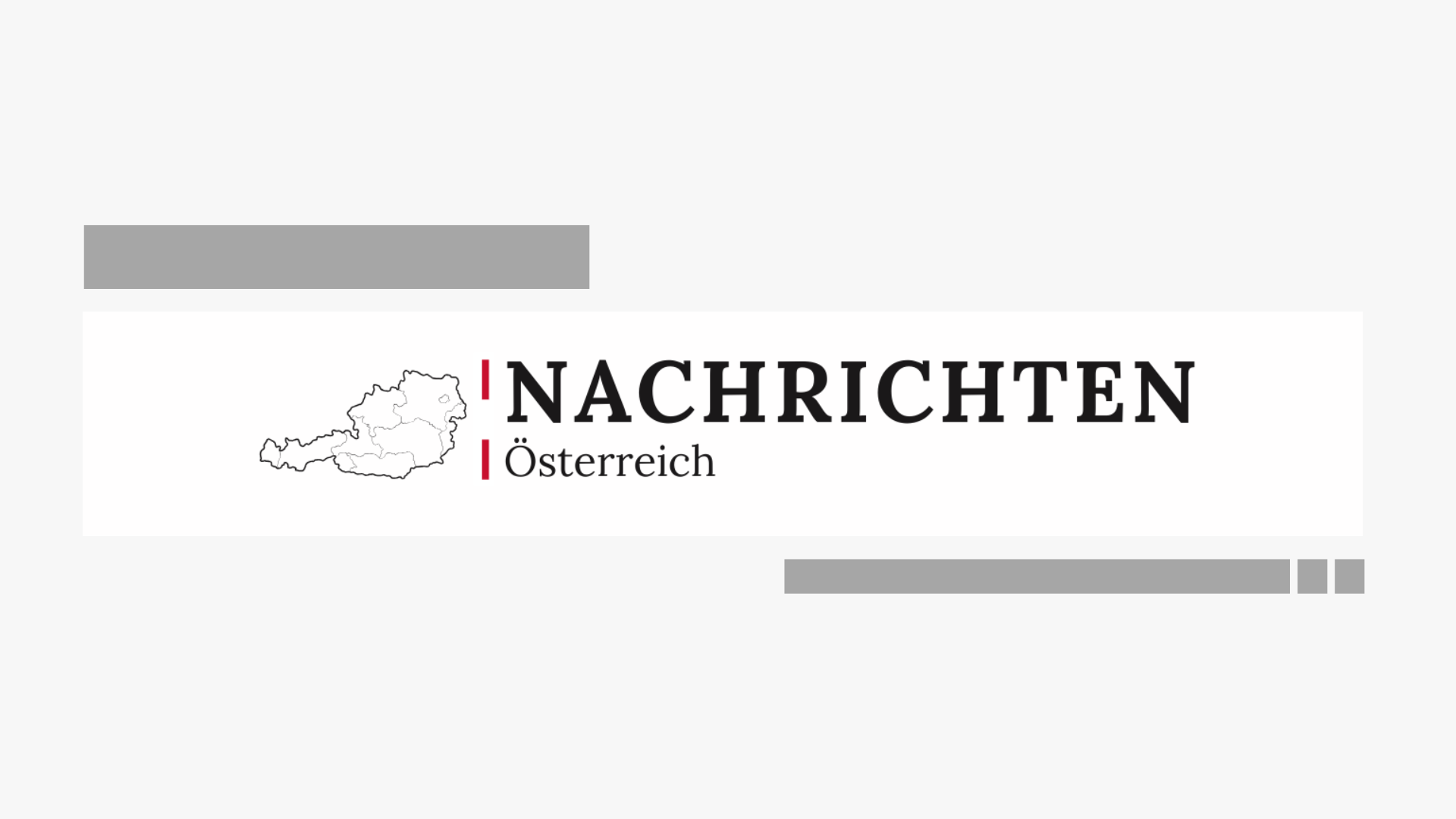
Die EnBW AG hat in den ersten sechs Monaten des laufenden Geschäftsjahres einen deutlichen Rückgang ihres Gewinns verzeichnet. Laut Finanzvorstand Thomas Kusterer ist dieser Rückgang jedoch nicht überraschend, sondern resultiert aus den außergewöhnlich hohen Margen des Vorjahres. So sank das operative Ergebnis (Adjusted EBITDA) von 3,5 Milliarden Euro im ersten Halbjahr 2023 auf 2,6 Milliarden Euro in der aktuellen Periode. Diese Entwicklung stellt nicht nur die Finanzen des Unternehmens auf die Probe, sondern wirft auch Fragen hinsichtlich der zukünftigen Akzeptanz der Energiewende auf.
Impact der finanziellen Entscheidungen auf die Dividenden
Die großen Veränderungen im finanziellen Ergebnis haben direkte Folgen für die Aktionäre der EnBW. Der Adjusted Konzernüberschuss, der im ersten Halbjahr 927 Millionen Euro betrug, liegt deutlich unter dem Vorjahreswert von 1,65 Milliarden Euro. Die Hauptaktionäre, der Zweckverband Oberschwäbische Elektrizitätswerke (OEW) und das Land Baden-Württemberg, die jeweils 46,75 Prozent der Anteile halten, müssen sich auf eine niedrigere Dividende einstellen. Diese Entwicklungen zeigen, wie sich wirtschaftliche Faktoren auf die Rendite der Investoren auswirken können.
Investitionen in die Energiewende
Trotz der gesunkenen Gewinne bleibt die EnBW weiterhin stark in die Energiewende investiert. Im ersten Halbjahr 2024 beliefen sich die Bruttoinvestitionen auf 2,5 Milliarden Euro, was eine signifikante Steigerung von 60 Prozent im Vergleich zum Vorjahr bedeutet. Diese Mittel fließen vor allem in den Ausbau von Offshore-Windkraftanlagen sowie den Bau von CO2-armen und wasserstofffähigen Gaskraftwerken. Der Konzern plant, bis 2030 insgesamt 40 Milliarden Euro in die Energiewende zu investieren. Dies stellt eine wichtige Weichenstellung für die Zukunft der Energiestrukturen in Deutschland dar.
Finanzierungsstrategien durch Anleihen
Um die hohen Investitionen zu stemmen, hat EnBW im Frühjahr Anleihen im Wert von insgesamt 1,2 Milliarden Euro für private Investoren begeben. Thomas Kusterer betont, dass neben stabilen operativen Erlösen auch ein Zugang zum Kapitalmarkt benötigt wird. Dies verdeutlicht, wie zentral die Finanzierung für die Umsetzung der Energiewende ist. Kusterer weist zudem auf eine Analyse des Bundesverbands der Energie- und Wasserwirtschaft und der Beratungsfirma Ernst & Young hin, die herausfand, dass bis 2030 721 Milliarden Euro in die deutsche Energiewirtschaft fließen müssen.
Öffentliche Wahrnehmung und Kostenbewusstsein
Die ständigen Kostensteigerungen werfen Fragen zur Akzeptanz der Energiewende in der breiten Öffentlichkeit auf. Kusterer schlägt vor, ein stärkeres Bewusstsein für die Kosten des Umbaus des Energiesystems zu entwickeln. Er betont, dass trotz der Herausforderungen alle Akteure gefordert sind, aktiv zu handeln, um die gesellschaftliche Akzeptanz für die notwendigen Veränderungen aufrechtzuerhalten. Die Notwendigkeit, nicht nur über die Energiewende zu sprechen, sondern auch konkrete Schritte zu unternehmen, wird als entscheidend angesehen, um die gesetzten Ziele zu erreichen.
Insgesamt zeigt die aktuelle Situation der EnBW, dass das Unternehmen sich nicht nur finanziellen Herausforderungen gegenübersieht, sondern auch eine Schlüsselrolle im nächsten Kapitel der deutschen Energiezukunft spielt. Die kommenden Jahre werden entscheidend sein für die Akzeptanz und die Umsetzung der Energiewende.

